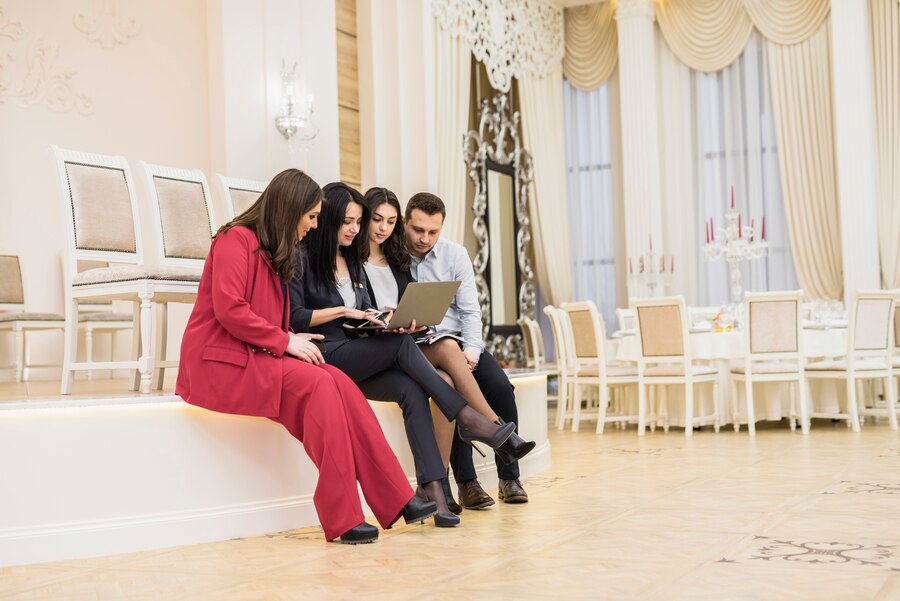Spring this year hardly appears colourful or chirpy. Most of us are sitting at home abiding by the lockdown decision of the State. The Covid-19 crisis has reached its peak in many parts of our country. Economy, Health, Education — all these sectors are in a bad shape right now.
Many educational institutions are striving to conduct online teaching sessions for their students. It involves Zoom or Skype classrooms, audio and video recordings uploaded on YouTube and institution websites, various quizzes and assignment submissions through email and the list is vast and varied. While the organisations and most of the teachers are enthusiastically at it, many students are not finding this easy.
A report published this week in The Telegraph says that the Vice Chancellor of a premier public university of this country is warning the education system of a clear digital divide among students.
One may say that this is a populist approach; that there are limits to digital divide alarmism; that online classes do not ‘create’ digital divide — perhaps they accentuate them. But these days plenty of college students use smartphones. The question is whether these phone internet support is sufficient to substitute physical classrooms?
Ultra urban people feel everybody in the country is flooded with internet and that things like digital india has already happened. But we need to remind ourselves that having a smartphone is one thing, connectivity in that device is completely different ballgame altogether. 70% of India, even most of the municipalities (leave aside villages) get at most 2.5G connect, not even 3G which is alright for Whatsapp, checking mails etc. but not enough for even downloading videos, leave alone live streaming. So as long as even 1% of students have problem with digital access, Indian Universities cannot endorse online classes for select group of more privileged students, and promote a learning divide.
The moment we reach this talk of ‘divide’, we need to widen the scope of it as well. Divides are promoted by economic background, social community, family type, gender and last but not the
least, religion. To give an example, I have some female students who have sufficient internet access but are not comfortable to attend online AV sessions for more than half an hour. Honestly, they are the brightest of the lot. Their family structure demands them to do household chores or at least be a support for the older women, more when they are at home. These young women prefer audio lecture clips because they can access them anytime they wish to, maybe when the families doze off and no one can disturb or distract their academic commitment. We as educators are trying and will keep trying our best to connect to our students through virtual media, in our professional and individual capacities, to ensure that there is some academic engagement during these unforeseen circumstances. But we need not assume that these are substitutes for our regular lectures that are required to do justice to the completion of courses. They can act as a mere support but surely it cannot be a all-encompassing and sufficient alternative system to teach and learn.
We need to come up with better answers. Our country centrally needs to take a decision to postpone one entire semester, if need be. The economic condition of the nation tells us that it will take at
least six months to revive the health of the job market. As far as higher education is concerned, if national education board decides a postponement then by default that will push all the semesters forward for six months. And it is a regular cycle where a uniform policy can benefit students of all institutions in an even manner. Till then these online interactive sessions will remain in
the discourse as methods of experiment, not a path to solution.
Author: Srotaswini Bhowmick
Senior Manager-Academic Administration & Asst. Professor, USLM






